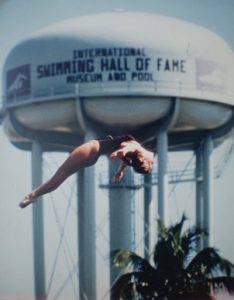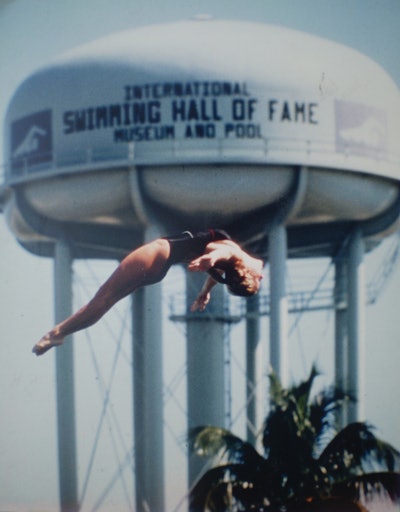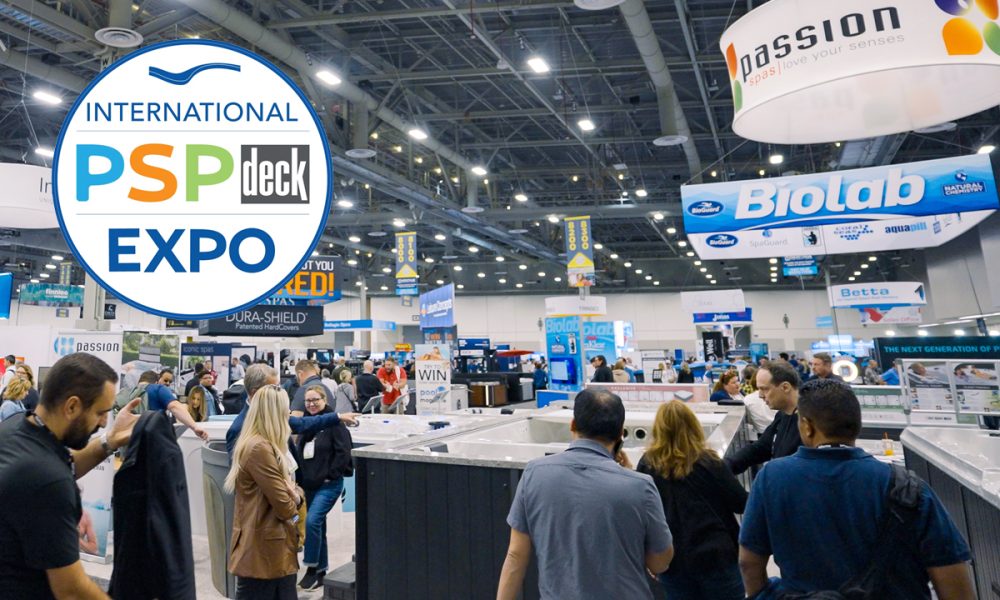This being the June edition, I thought it would be a good idea to give you an update on my research. Let’s start with some background.
In 2018, I did some research on the subject myself in an “Hold my Beer” moment. It’s not that difficult, right?
I began collecting black algae field specimens from a public pool in Gainsville. I found that the colony was made up of several genera of blue/green algae (cyanobacteria). As I collected samples from different pools, I discovered that swimming pool “black alga” could differ significantly even within 100 miles.
In research, it is not uncommon to discover that you are searching for something and then find something completely different, surprising. While searching for a way to reduce cyanuric (CYA), I discovered a method of lowering it. This would be a great way to save water as pools wouldn’t need to be drained and refilled to lower CYA. This is a problem everywhere but especially in drought-prone areas.
The first time I announced my success was at the “Great Cyanuric Acid Debate” hosted by AQUA Magazine during the 2019 International PSP Expo in New Orleans.
Two things happened as a result of this announcement. My alum-CYA method was embraced by pool service professionals coast to coast. Second, some manufacturers and some members of the scientific community in the pool and spa industries reacted negatively to my alum-CYA removal method.
Initial results were promising. We saw a 40-to-50 percent drop in CYA levels. The pool professionals who participated in the trials and collected data were responsible for these results. But after this breakthrough, things stalled. No chemical manufacturer in the industry was interested in building upon that research. I then looked at universities and private facilities, but no luck.
In reality, I discovered that the swimming pool business is a minor concern for most organizations. It was told that it was not worth the time and effort to do something for pools only. The few who showed an interest did not have the necessary equipment to detect the metal complexation I had predicted to take place (aluminum cyanurate).
In spite of the lack interest in the academic and industrial world, professionals who investigated the method voluntarily over the following seasons reported positive results from their alum-CYA remove trials.
CONFIRMATION
Que Hales and Kim Skinner, from Tucson, Arizona, of onBalance, a research, educational and consulting firm specializing in swimming pool water chemistry interaction, were also interested in the method. The team, with its laboratory and field testing abilities, aimed to replicate the results that I and other members — from the Talking Pools and Aquatic Artist Facebook groups, as well as 14 PSI and Talking Pools — had achieved during field trials.
Que Halesdid confirm that, although we do not know what is going on at a molecule level, the alum and CYA removal method does work. He will be presenting his findings in a session on advanced water chemistry during the Western Pool & Spa Show, which takes place in March 2023.
Que’s CYA was not as dramatic as ours, but he did mention that his test pools were high in copper. In our field data, we had observed the same phenomenon — results were less important in water containing a certain amount of copper. Que also shared that he conducted his tests with water cooler than what we recommended.
He stated that arrangements had already been made to conduct further analyses in a laboratory equipped with the latest equipment for compositional testing.
Unexpected Results
As I investigated the CYA-alum reactions, another pattern started to emerge. I started to get interesting reports that I hadn’t expected. These two were from maintenance professionals who are seasoned: But I could see the aluminum working at a higher dose. 8.33 pounds of aluminium sulfate in 10,000 gallons water will give 100 ppm aluminum sulfate. Aluminum sulfate contains only 15.8% of aluminum, so this dose only adds 15.8 ppm. Comparing this to the maximum copper allowed in a pool — 1ppm.
In the fall of 2013, I presented these results to the AQUA LIVE Trade Show in Charlotte, during my session “Truth About Black Algae”. After hearing about the immediate eradication from professionals, I recommended that others use the aluminum sulfate as a remedy. The results were mixed, with only four out of ten people experiencing success.
GOING FORWARD
I conducted my own investigation. I wanted to see the reaction for myself. I exposed different cyanobacteria on slides to different concentrations aluminum sulfate. I watched, watched, watched. I fully expected to see the cells of algae disintegrate. Unfortunately, this did not occur. My theory was disproven.
Four out of ten pool professionals had noticed the black algae coming loose and falling from the walls. Why?
Now I’m focusing on that. I’ve shifted gears and am now focusing on what causes it to stick, as well as what can cause it to come loose so that you can vacuum it.
We’re there. My investigation continues…
The article was first published in AQUA Magazine, the leading resource for pool and spa retailers, builders, and service professionals. All industry professionals can subscribe to the print edition of AQUA Magazine for free. Subscribe by clicking here.






